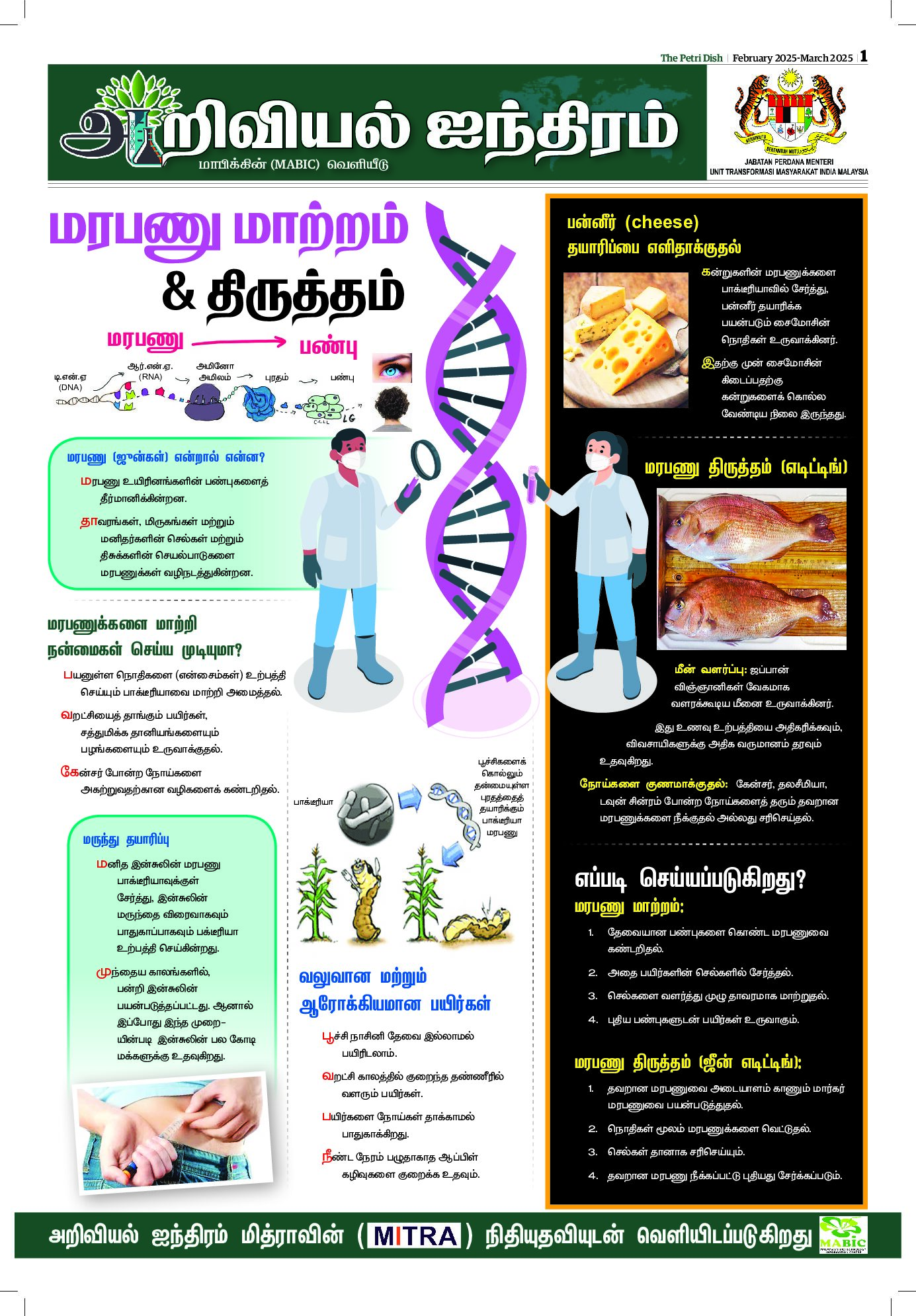Non-destructive testing (NDT) also known as Non-destructive Examination or Evaluation (NDE) and Non-destructive Inspection (NDI) is a multidisciplinary branch of engineering. It is a non-invasive inspection method that evaluates a system, component or material without damaging its shape and usually cannot be seen through the naked eye. NDT plays an important role to prevent catastrophic accidents that could have a huge impact on safety, environment and reliability. The purpose of this method is to determine imperfections and weaknesses in machinery or products. An NDT technician is responsible for maintaining machinery by looking for impact resistance, cracks, corrosion and other defects that could affect the machine’s effectiveness. It is widely used in pipelines, power stations, aircraft, refineries, spacecraft, trains, automotive, buildings, bridges and oil platforms. There are many different types of NDT but these six methods are the most frequently used: visual testing, ultrasonic testing, magnetic particle testing, radiographic testing, liquid penetration testing and electromagnetic testing. These methods are used depending on their characteristics where some might be suitable for certain applications but inefficient in other applications.
Online Subscription













